An impact screwdriver is a device that can deliver rotational force and forward thrust. It can be combined with different sorts of driver bits, forming an impact screwdriver set. It is commonly used by mechanics to loosen larger bolts, screws, and nuts that are over-torqued. When screws have to be tightened, the impact screwdrivers may also come to help.
Different types of impact screwdrivers
According to the power source category, impact screwdrivers can be divided into two types: manual impact screwdrivers and electric impact screwdrivers. Manual impact screwdrivers are composed of a heavy outer sleeve that encompasses an inner core that is splined to it. The spline is curved so that when the outer sleeve needs to be stroked with a hammer, its downward force works on the spline to create a turning force on the core and any work bit connected to it. The manual impact drivers can translate the heavy rotational inertia of the sleeve to the lighter core, in order to form a number of torque. As for the electric impact screwdrivers, there are two options: cordless impact screwdriver and corded impact screwdriver. A cordless impact screwdriver can reach difficult areas and move freely without staying close to a power source, which makes it useful for working in tight places and on fiddly jobs. Generally, it is powered by batteries, and the higher voltage can give the cordless impact screwdriver more torque. Corded impact screwdrivers need to be plugged into the mains electrics directly, ensuring there is enough power for the whole task. This kind of constant supply of power means there is no need to change or recharge batteries while operating the task. This feature makes corded impact screwdrivers suited to heavy-duty tasks like construction projects.
Steps to utilize an impact screwdriver
As mentioned above, an impact screwdriver can be used to drive or remove screws. For the driving process, choose the appropriate bit for the impact screwdriver first. Pull the collect forward to insert and slide the bit into position, then release the collect. Switch the direction of the impact screwdriver to forward. Usually, an arrow will point toward the drill’s chuck, indicating the forward direction. Place the bit into the fastener and squeeze the switch trigger slowly. When the impact screwdriver meets some resistance, impacts will be felt. If the screw’s head is flush with the surface, just let go of the trigger. After the process is finished, remove the bit, grasp the collect, and pull it forward. The removing process is just a reverse of the driving process. For both these two processes, make sure to utilize bits that are impact-rated and be aware of the trailing lead of some impact screwdrivers to prevent injury.
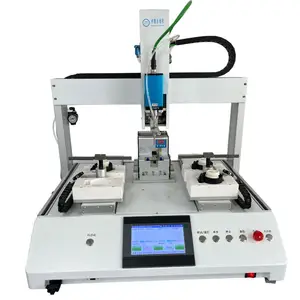




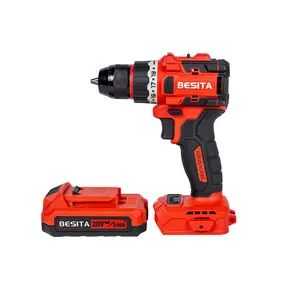

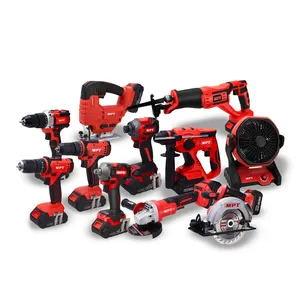





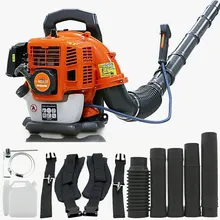

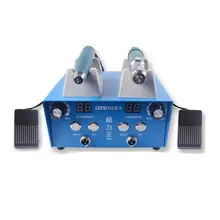



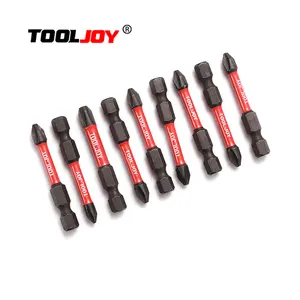
























 浙公网安备 33010002000092号
浙公网安备 33010002000092号 浙B2-20120091-4
浙B2-20120091-4